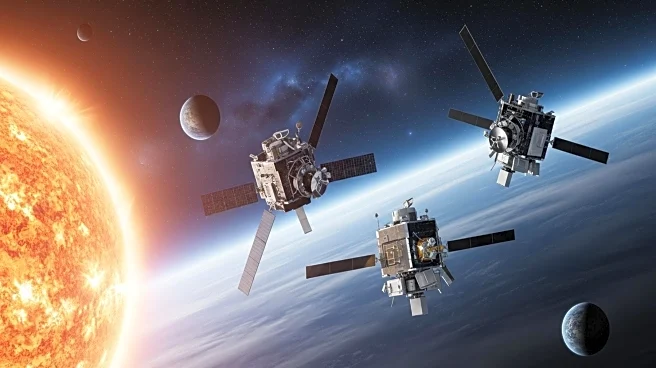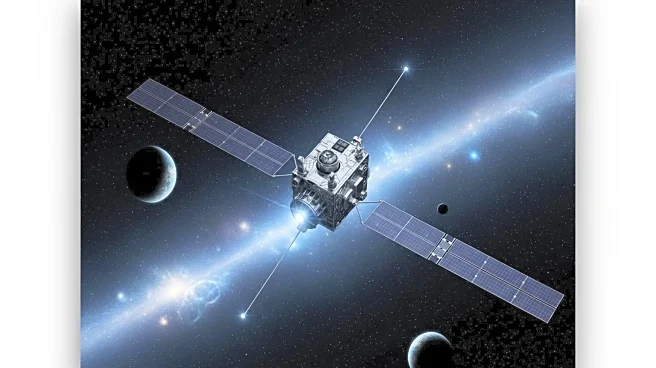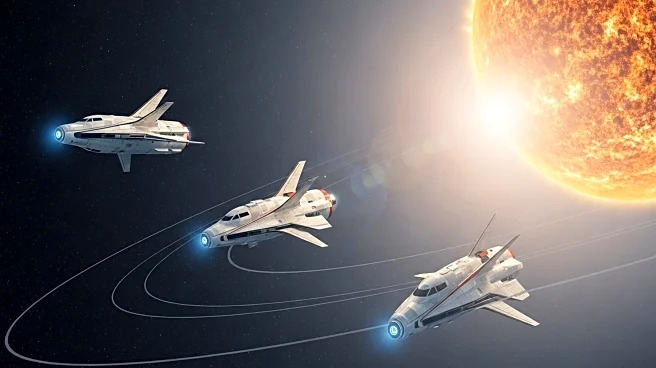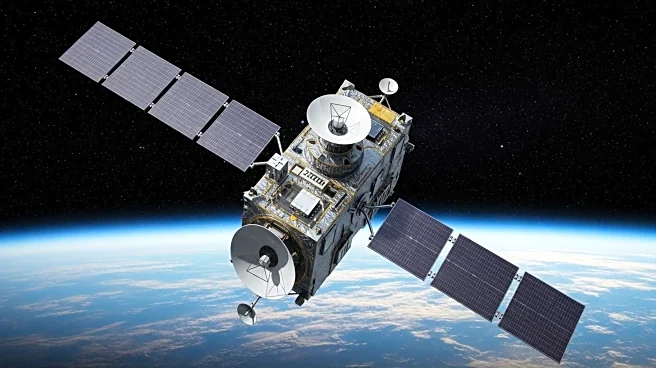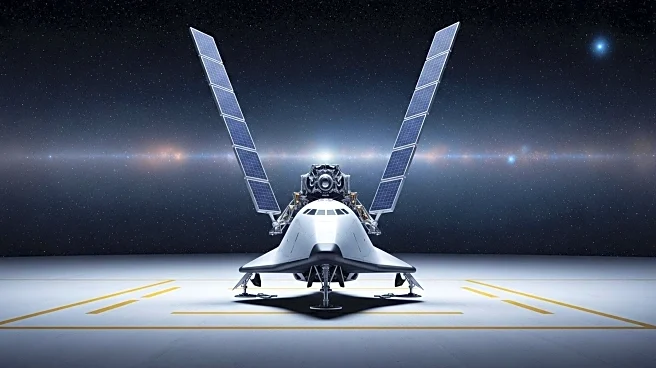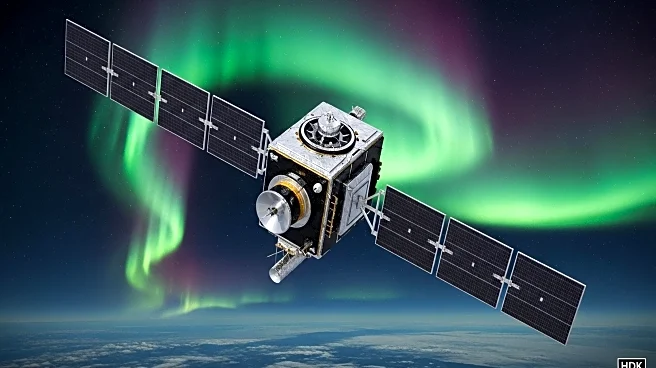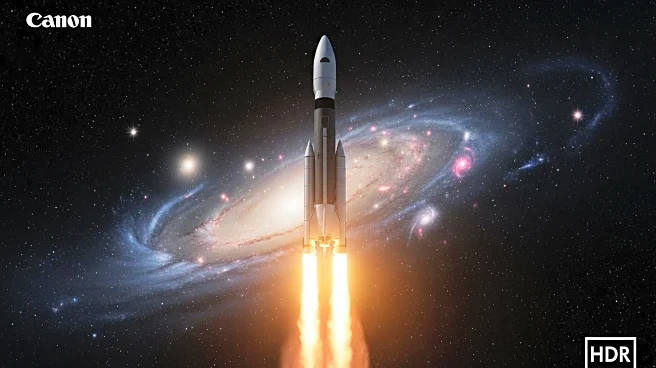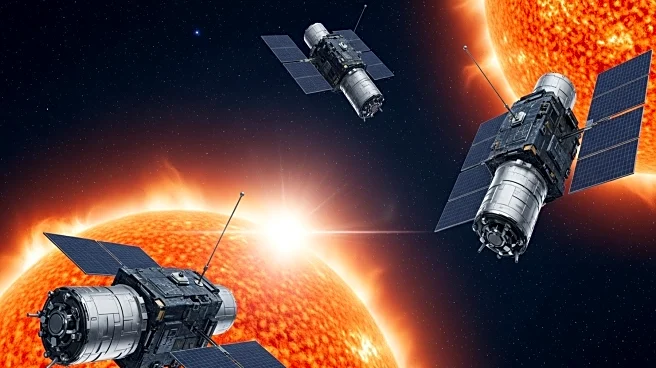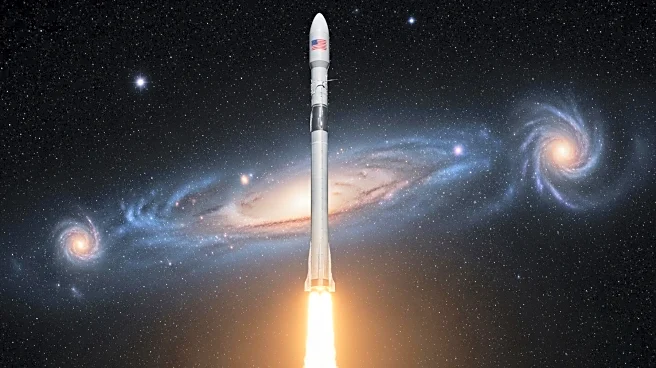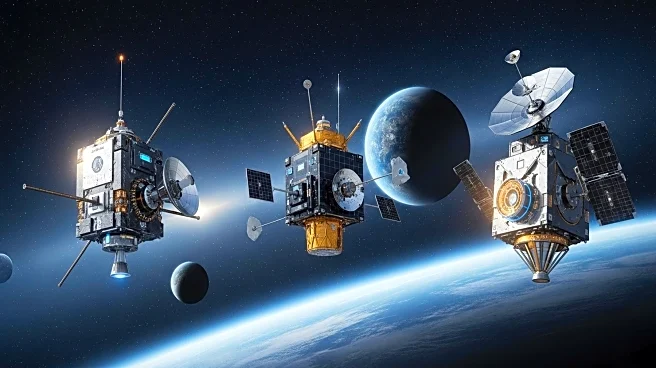What's Happening?
NASA's IMAP spacecraft, along with the Carruthers Geocorona Observatory and NOAA's SWFO-L1, are set for launch aboard a SpaceX Falcon 9 rocket. These missions aim to study the solar wind and space weather, with IMAP focusing on the heliosphere's boundary and interactions with interstellar space. The Carruthers Observatory will examine Earth's exosphere, while SWFO-L1 will provide early warnings of solar storms. The launch marks a collaborative effort to enhance understanding of space weather and its effects on Earth.
Why It's Important?
Space weather can disrupt GPS signals, communications satellites, and pose risks to astronauts. By studying the solar wind and its interactions, these missions will improve predictions and mitigation strategies for space weather impacts. The data collected will be vital for protecting technological infrastructure and ensuring the safety of space missions, emphasizing the importance of continued research in heliophysics.
What's Next?
Following the launch, IMAP will begin its mission to map the heliosphere's boundaries, while the Carruthers Observatory will focus on the exosphere's ultraviolet glow. SWFO-L1 will monitor solar activity from Lagrange Point 1, providing real-time data to NOAA's Space Weather Prediction Center. These missions will contribute to a comprehensive understanding of space weather dynamics and enhance forecasting capabilities.
Beyond the Headlines
The launch of these missions highlights the collaborative efforts between NASA, NOAA, and SpaceX in advancing space exploration and research. By combining resources and expertise, these agencies are addressing critical scientific questions and improving our ability to predict and respond to space weather events.

